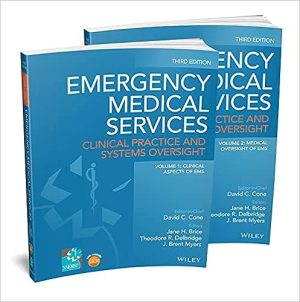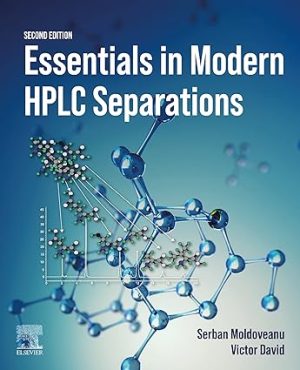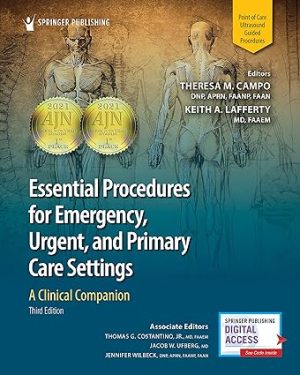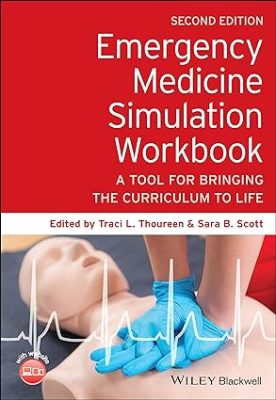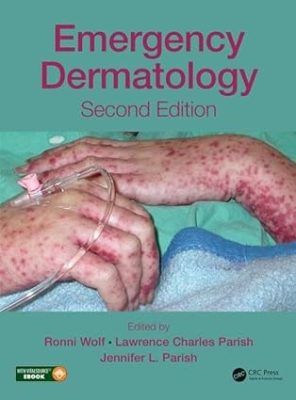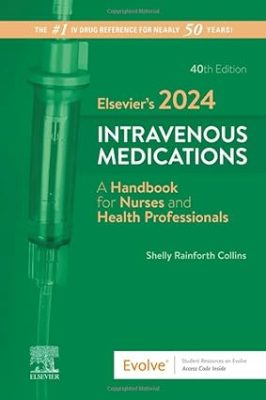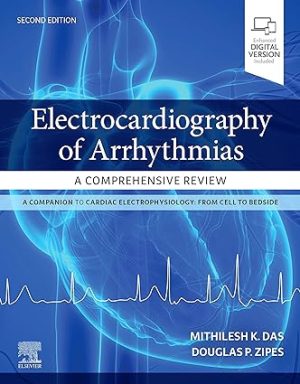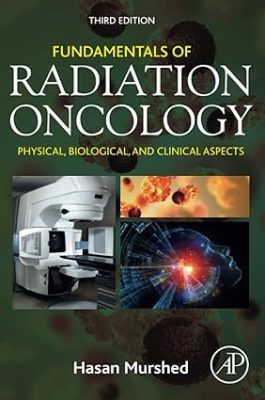Emergency Care (EMT) 13th Edition
For courses in Emergency Medical Technician Training and Emergency Medical Services
Help students think like EMTs with the gold standard for EMT training
For over 30 years, Emergency Care has provided generations of EMT students with the practical information they need to succeed in the classroom and in the field. Updated with the latest research and developments in emergency medical services, this edition meets the 2010 American Heart Association guidelines for CPR and ECC. Using the National EMS Education Standards as a foundation, Emergency Care goes beyond the Standards to provide the most current, accurate reflection of EMS practice today. The text integrates scientific principles in an easy-to-understand way, with a host of critical-thinking features that help students learn to think like EMTs.
Also available with MyBRADYLab
This title is also available with MyBRADYLab–an online homework, tutorial, and assessment program designed to work with this text to engage students and improve results. Within its structured environment, students practice what they learn, test their understanding, and pursue a personalized study plan that helps them better absorb course material and understand difficult concepts.
NOTE: You are purchasing a standalone product; MyBRADYLab does not come packaged with this content. If you would like to purchase both the physical text and MyBRADYLab, search for ISBN: 0134190750/9780134190754 Emergency Care plus MyBRADYLab with Pearson eText — Access Card — for Emergency Care
That package includes:
- 0133946096 / 9780133946093 MyBRADYLab with Pearson eText — Access Card — for Emergency Care
- 0134024559 / 9780134024554 Emergency Care
MyBRADYLab should only be purchased when required by an instructor.
Table of Contents Section 1 – Foundations Introduction to Emergency Medical Services and the Health Care System The Well-being of the EMT Lifting and Moving Patients Medical, Legal, and Ethical Issues Medical Terminology Anatomy and Physiology Principles of Pathophysiology Life Span Development Section 2 – Airway Management, Respiration, and Artificial Ventilation Airway Management Respiration and Artificial Ventilation Section 3 – Patient Assessment Scene Size-up The Primary Assessment Vital Signs and Monitoring Devices Secondary Assessment Communication and Documentation Section 4 – Medical Emergencies General Pharmacology Respiratory Emergencies Cardiac Emergencies Diabetic Emergencies and Altered Mental Status Allergic Reaction Poisoning and Overdose Emergencies Abdominal Emergencies Behavioral and Psychiatric Emergencies and Suicide Hematologic and Renal Emergencies Section 5 – Trauma Emergencies Bleeding and Shock Soft-Tissue Trauma Chest and Abdominal Trauma Musculoskeletal Trauma Trauma to the Head, Neck, and Spine Multisystem Trauma Environmental Emergencies Section 6 – Special Populations Obstetric and Gynecologic Emergencies Pediatric Emergencies Geriatric Emergencies Emergencies for Patients with Special Challenges Section 7 – Operations EMS Operations Hazardous Materials, Multiple-Casualty Incidents, and Incident Management Highway Safety and Vehicle Extrication EMS Response to Terrorism Appendices Basic Cardiac Life Support Review Medical Terminology Glossary Answer Key Index
DOWNLOAD THIS MEDICAL BOOK









